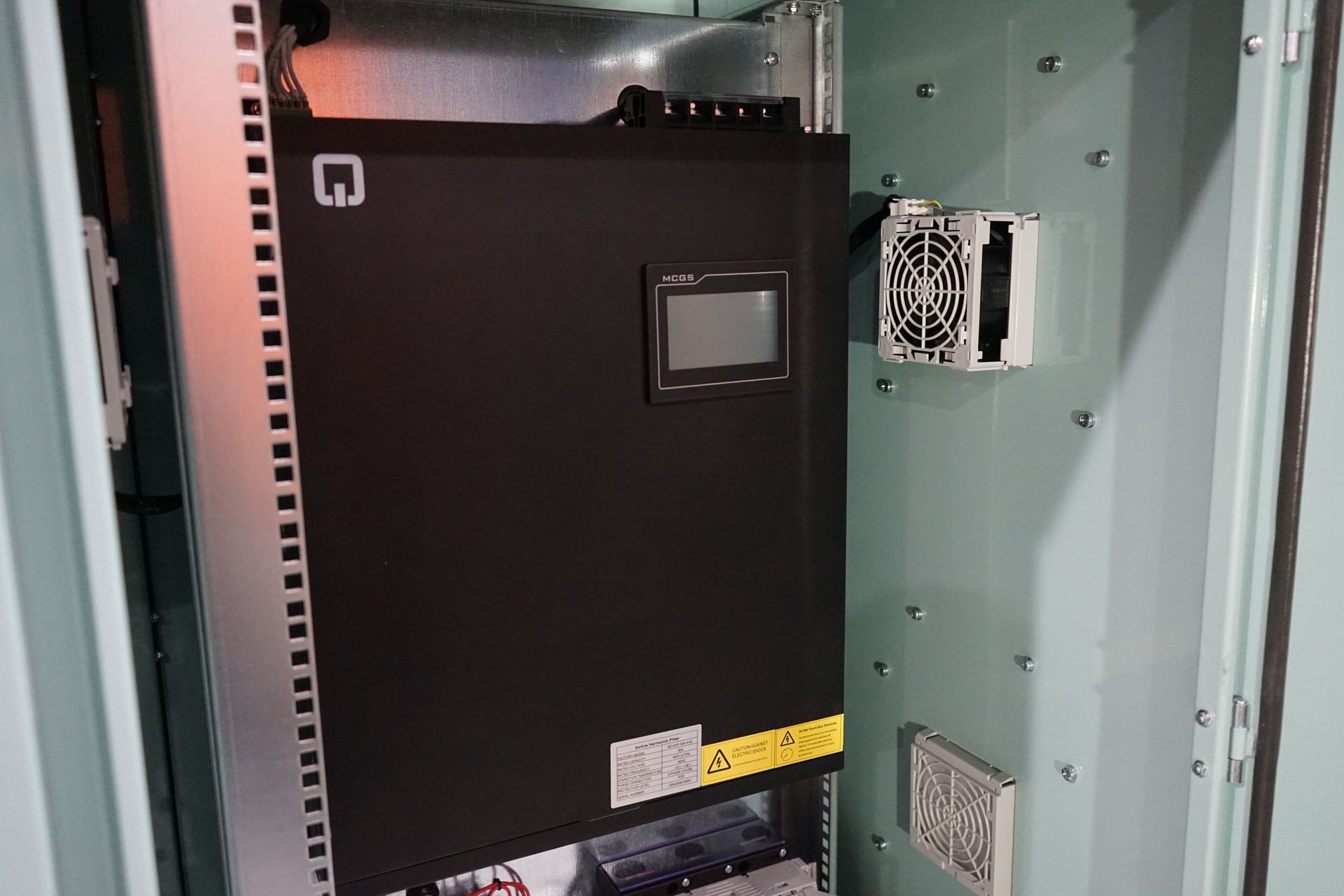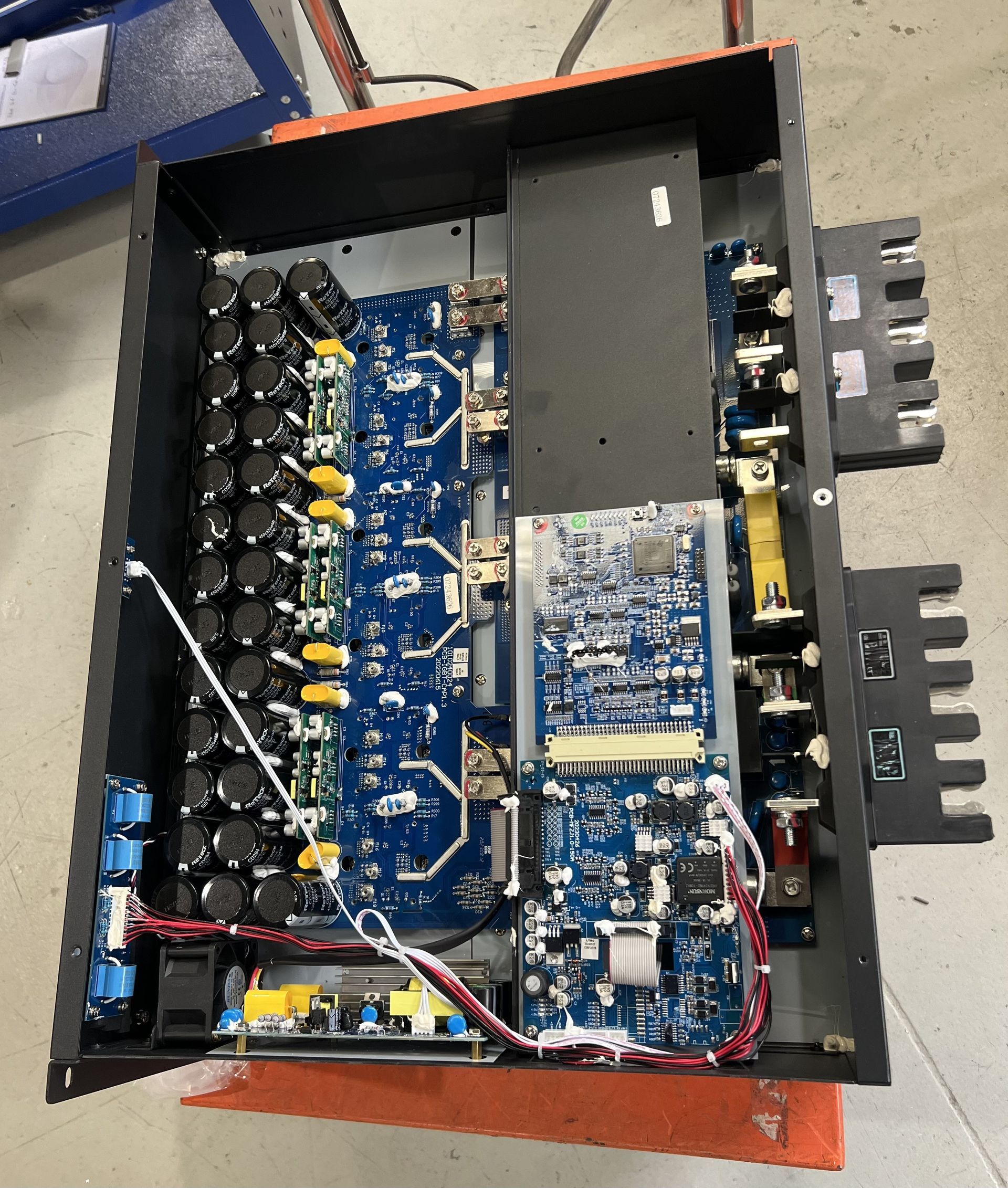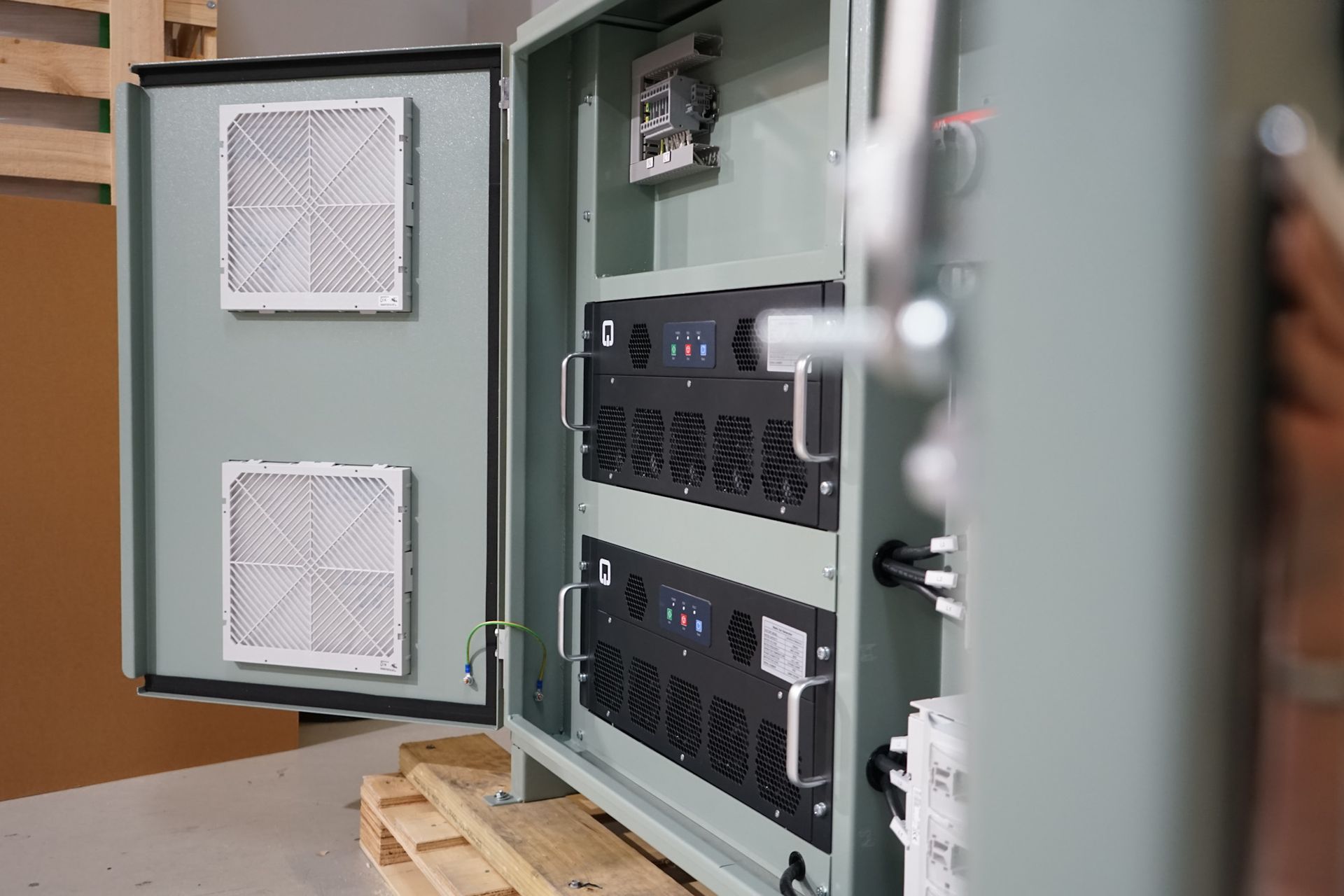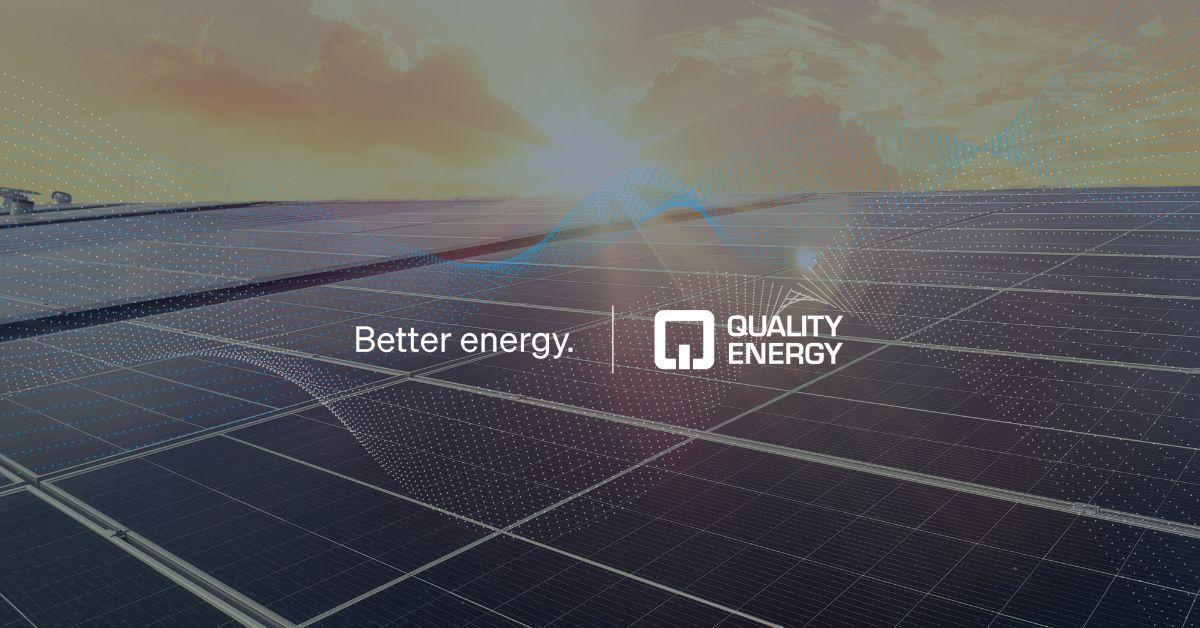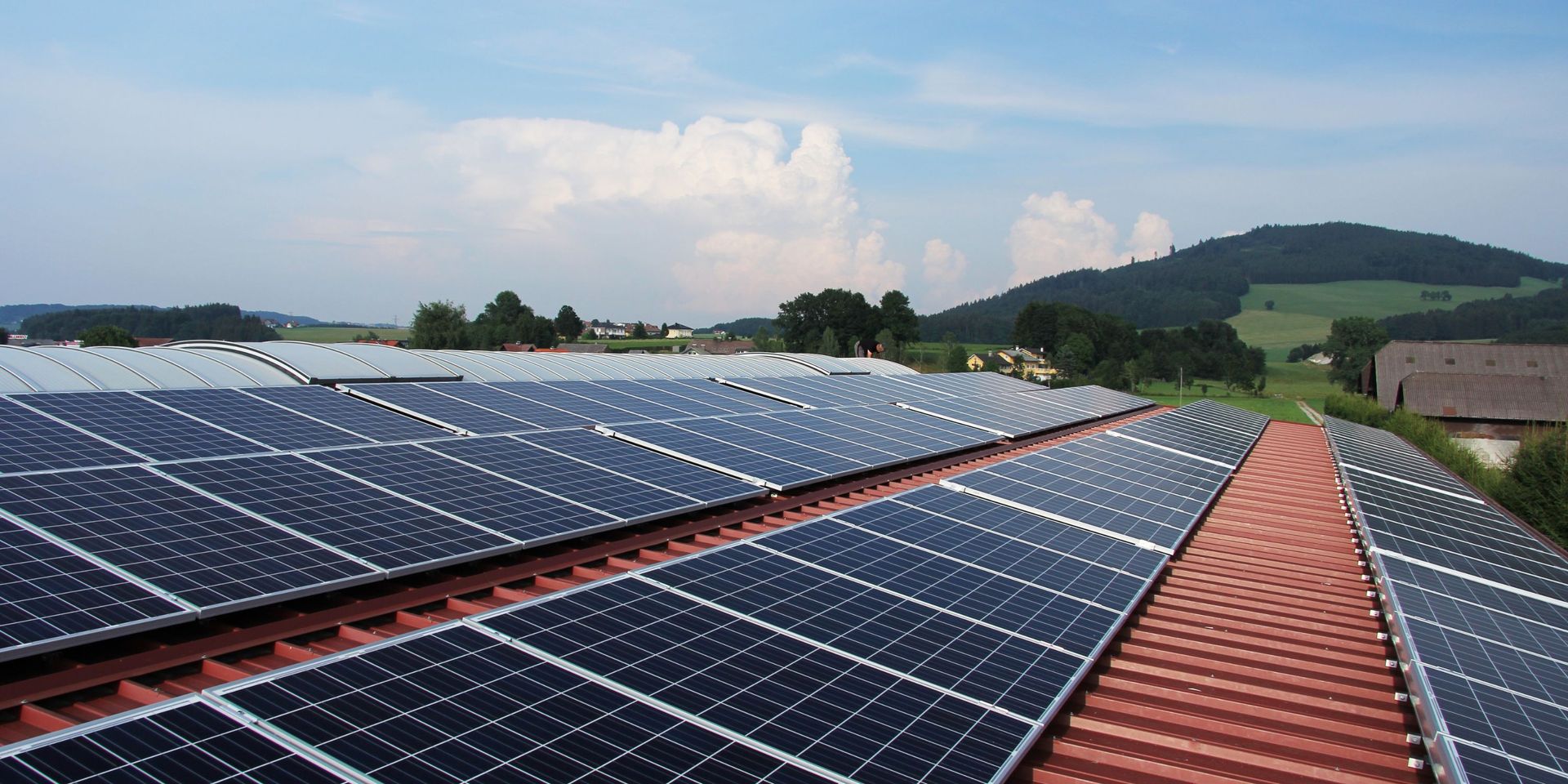Why IEEE 519 Compliance is Essential in 2025
On This Page:
- Introduction
- What is IEEE 519? Why is it Important?
- Key Requirements for Compliance With IEEE 519
- Voltage Distortion Limits
- Current Distortion Limits
- Measurement and Definitions
- Key Changes in IEEE 519-2022 vs 519-2014
- TDD% Calculation Update
- Even Harmonic Limits Updated
- Revised Recommendations for Increasing Harmonic Current Limits
- Interharmonic Voltage Limits
- Incorporation of Additional Standards and Research
- Why IEEE 519 Compliance Matters for Australia’s Key Industries
- Manufacturing
- Healthcare
- Renewable Energy
- Mining
- Commercial Buildings and Data Centres
- Oil and Gas Facilities
- Water and Wastewater Treatment Plants
- Transportation Infrastructure
- Data and Telecommunications
- Financial Institutions
- Marine and Offshore Industries
- Food and Beverage Manufacturing
- Educational Institutions and Campuses
- Retail and Hypermarkets
- Entertainment Venues and Stadiums
- Energy and Utility Companies
- Technology and Semiconductor Manufacturing
- How to Achieve Compliance
- How Active Harmonic Filters Ensure IEEE 519 Compliance
- Implications for Businesses Using Regenerative Rectifiers or Generators
- Frequently Asked Questions
- Why Choose Quality Energy for Compliance Solutions?
- Conclusion
Maintaining compliance with IEEE Standard 519-2022 is essential for businesses with significant non-linear loads, where harmonic distortion can disrupt operations and damage equipment.
All sites must ensure their systems meet the standard to avoid costly downtime, penalties, and inefficiencies.
The standard sets clear guidelines to limit harmonic distortion, protecting both the utility and end-users from the adverse effects of poor power quality.
But what does compliance with IEEE 519 entail, and how can you achieve it? Let’s break it down.
What is IEEE 519? Why is it Important?
The IEEE 519 standard establishes guidelines and requirements for controlling harmonic distortion in electrical power systems. It defines limits for both voltage and current harmonic distortion levels that individual customer equipment can introduce into a power system.
These limits are determined by the type of system and the ratio of the available short-circuit current to the customer’s maximum load current. The primary objective is to minimise excessive voltage distortion caused by the combined harmonic contributions of multiple pieces of equipment.
Key Requirements for Compliance with IEEE 519
Voltage Distortion Limits
The IEEE 519-2022 standard defines specific voltage distortion limits at the Point of Common Coupling (PCC) based on the bus voltage level. These limits are as follows:
- Systems ≤ 1.0 kV:
- Individual harmonic: ≤ 5%
- Total Harmonic Distortion (THD): ≤ 8%
- Systems 1.0 kV to 69 kV:
- Individual harmonic: ≤ 3%
- THD: ≤ 5%
- Systems 69 kV to 161 kV:
- Individual harmonic: ≤ 1.5%
- THD: ≤ 2.5%
- Systems > 161 kV:
- Individual harmonic: ≤ 1%
- THD: ≤ 1.5%
Current Distortion Limits
Current distortion limits depend on the Short Circuit Ratio (ISC/IL) and the harmonic order. Systems with lower ratios (weaker systems) require stricter limits, which are detailed in the standard.
Measurement and Definitions
- Total Harmonic Distortion (THD): Measures voltage or current distortion as a percentage of the fundamental frequency up to the 50th harmonic.
- Total Demand Distortion (TDD): Similar to THD but referenced to the maximum demand current over 12 months.
Challenges in Compliance
Achieving compliance with IEEE Std 519-2022 involves several challenges:
- Data Collection: Accurate system design requires detailed load profiles and harmonic analysis.
- Peak Demand Current Estimation: Determining peak demand current often requires historical data from the past year, which may not be available during the design phase.
- Defining Point of Common Coupling (PCC): Agreeing on the PCC location between the utility and end-user can complicate the process.
Key Changes in IEEE 519-2022 vs 519-2014
The latest revision of the standard, IEEE 519-2022, brings key modifications aimed at improving clarity and aligning it with evolving operational environments. While the changes are relatively minor, businesses must understand their implications to remain compliant.
Here are the highlights:
TDD% Calculation Update
Total Demand Distortion (TDD%) now uses Itotal instead of Iharm in its calculation. This adjustment slightly reduces TDD% values, helping businesses achieve compliance more easily.
Even Harmonic Limits Updated
The limits for even harmonics have been revised, improving how businesses mitigate these distortions to meet tighter thresholds.
Revised Recommendations for Increasing Harmonic Current Limits
In a change to Section 5.6, the equation for the harmonic multiplier is now included directly in the table for better visibility.
Methods for reducing harmonics are no longer restricted to increasing the pulse number using phase-shifting transformers and diode bridges. Newer technologies like active front-end (AFE) rectifiers and active harmonic filters are recognised as viable solutions.
If the method used successfully reduces harmonic orders to less than 25% of the limit, the multiplier can be applied to other individual harmonic limits.
Interharmonic Voltage Limits
Guidance for interharmonic voltage limits has been expanded, with caution against applying overly restrictive limits unless sensitive equipment is in use and a risk analysis deems it necessary.
Incorporation of Additional Standards and Research
Annex D (Bibliography) has been updated to reference recent IEEE standards and technical papers, including IEEE 1547-2018 (interconnection of distributed energy resources) and IEEE 2800-2022 (grid interconnection of renewable energy systems).
Why IEEE 519 Compliance Matters for Australia’s Key Industries
IEEE 519 compliance is critical for any business or facility that interacts with or relies on electrical systems where harmonics can be generated or amplified. While the standard is essential for
manufacturing, healthcare,
renewable energy, and mining industries, it extends to a variety of other businesses and sectors where power quality concerns and harmonic distortions need to be addressed.
Manufacturing
Factories rely on industrial drives, PLCs, and motor control systems that are highly susceptible to harmonics. Non-compliance can lead to machine breakdowns, reduced efficiency, and costly downtime.
Healthcare
Hospitals and healthcare facilities run life-saving equipment that demands a steady, high-quality power supply. Harmonic distortions can cause malfunctions in medical devices and power interruptions to critical operations.
Renewable Energy
With Australia’s significant investments in renewable energy, facilities feeding power into the grid via inverters or regenerative systems must manage harmonics effectively to meet grid interconnection regulations.
Mining
Mines operate heavy machinery, conveyor systems, and large motors that contribute to harmonics. Unchecked harmonics here can drive expensive equipment downtime and damage to sensitive monitoring systems.
Commercial Buildings and Data Centres
With widespread use of non-linear loads such as LED lighting, HVAC systems, uninterrupted power supplies (UPS), and office equipment, harmonic distortions can
easily affect commercial buildings and data centres. Data centres especially demand consistent and reliable power quality to ensure smooth IT operations and prevent downtime.
Oil and Gas Facilities
The oil and gas sector frequently uses large motors, pumps, variable frequency drives (VFDs), and compressors, which are all significant contributors to harmonic distortions. Offshore rigs and onshore processing facilities depend on clean power to ensure operational safety and efficiency.
Water and Wastewater Treatment Plants
Pumps, motors, drives, and automated controls in water and wastewater treatment plants heavily rely on clean, undisturbed power. Harmonics can disrupt the flow of operations and potentially lead to compliance issues with water processing standards resulting in reduced efficiency, equipment wear-and-tear, and risks to sensitive monitoring systems.
Transportation Infrastructure
Railways, airports, and public transit systems increasingly rely on power electronics, electric trains, charging stations, and electrified infrastructure. Harmonic distortions from such equipment can impact power delivery systems and disrupt operations.
Data and Telecommunications
Telecommunications systems rely on a clean and stable power supply for uninterrupted service. Non-linear loads, backup power systems, and rectifiers used in telecommunication hubs contribute to harmonic distortion, making compliance essential to avoid service interruptions, reduced equipment lifespan, and inefficiency in backup systems.
Financial Institutions
Banks, trading floors, and financial institutions depend on critical IT and networking equipment that requires constant power. Harmonics from UPS systems and other non-linear loads can lead to power quality issues.
Marine and Offshore Industries
Ships, offshore platforms, and marine applications use complex systems including variable speed drives, thrusters, and inverters for energy efficiency. Harmonics play a significant role in power system instability on ships or platforms, causing operational risks, and interruptions in offshore production.
Food and Beverage Manufacturing
Food and beverage manufacturers operate extensive automated processes involving VFDs, servo drives, and high-tech equipment for packaging, bottling, and refrigeration. These environments are prone to harmonic distortions. Equipment downtime may result in production inefficiency, and potential health compliance risks.
Educational Institutions and Campuses
Universities, schools, and campuses with large-scale utilities, computer labs, HVAC systems, and lighting networks also experience harmonic distortions, especially with the presence of technology-integrated classrooms and research facilities. Failure to comply with IEEE 519 may result in increased energy costs, power efficiency issues, and reduced equipment lifespan.
Retail and Hypermarkets
Shopping centres, large stores, and supermarkets often use advanced HVAC systems, LED lighting, automated checkout systems, and elevators/escalators, all of which contribute to harmonics. Non-Compliance with IEEE 519 may lead to higher operational costs, power system inefficiencies, and degraded equipment performance.
Entertainment Venues and Stadiums
With their reliance on high-wattage lighting, sound systems, HVAC systems, scoreboards, and digital displays, stadiums and entertainment venues are affected by harmonic distortions that degrade the performance of these systems. Impacts include flickering lights, interruptions in AV operations, reduced energy efficiency, and equipment malfunctions.
Energy and Utility Companies
Facilities with distributed energy resources (DERs), such as solar or wind farms, must remain compliant to maintain power quality and meet grid codes.
Technology and Semiconductor Manufacturing
Cleanrooms and highly sensitive manufacturing equipment used in semiconductor fabrication plants require exceptionally clean power. Harmonics can disrupt operations and lead to defective products, escalating operational costs.
How to Achieve Compliance
- Define the PCC: The PCC is where compliance is measured, often at the utility connection point. Defining this location is crucial for accurate measurements and ensuring all stakeholders are aligned.
- Use iTDD Instead of iTHD: The standard emphasises Total Demand Distortion (iTDD) over Total Harmonic Distortion (iTHD) for current measurements, as iTDD accounts for varying load conditions, making it a more reliable metric.
- Apply Limits at Equipment Terminals: Simplify compliance by applying harmonic limits at individual equipment terminals, such as adjustable speed drives.
- Use Harmonic Mitigation Solutions: Installing active harmonic filters is an effective way to reduce harmonics and meet the standard.
- Simulate Early: Use advanced simulation tools to predict harmonic behaviour during the design phase. This helps identify potential issues before installation, saving time and costs.
How Active Harmonic Filters Ensure IEEE 519 Compliance
Poor power quality doesn’t just pose operational challenges—it directly impacts your bottom line. Active Harmonic Filters (AHFs)—a specialty of Quality Energy—provide businesses with solutions to meet and exceed IEEE 519 requirements.
Our custom-designed active harmonic filters dynamically measure and counteract harmonic distortions in real-time, ensuring:
- Reduced harmonic current levels to meet IEEE 519 thresholds.
- Enhanced equipment lifespan by minimising wear and tear.
- Improved energy efficiency and cost savings.
- Compliance with regulatory standards, reducing potential penalties.
AHFs are effective in environments with sensitive equipment—like hospitals—and for renewable energy systems, promoting grid stability.
Implications for Businesses Using Regenerative Rectifiers or Generators
One notable change to the IEEE 519 standard is that it may not apply in cases where regenerative rectifiers or generators supply more than 10% of the power into the grid. This is particularly relevant for renewable energy systems and backup generators. Businesses in these sectors must conduct a detailed analysis to determine appropriate technical solutions.
Please
reach out to the team at Quality Energy to arrange this.
Frequently Asked Questions
What is the IEC equivalent of IEEE 519?
The international equivalent to IEEE 519 is IEC Standard 61000-3-6. While IEEE 519 is widely adopted for harmonic control in electric power systems, IEC 61000-3-6 is similarly recognised globally for its recommendations on managing harmonics. Both standards serve as guidelines for maintaining power quality and ensuring the compatibility of electrical equipment within power systems.
What is the difference between IEEE 519 and IEC 61000?
The key difference between IEEE 519 and IEC 61000 lies in their scope and application. IEC 61000-3-12 is a standard primarily used to evaluate individual products under laboratory conditions, focusing on current limits for devices with rated currents between 16 A and 75 A per phase. For products rated below 16 A, it is complemented by IEC 61000-3-2. IEEE 519 provides recommended maximum voltage and current distortion limits for an entire electrical installation, with measurements taken at the Point of Common Coupling (PCC) where the system connects to the utility grid.
What is the maximum total harmonic distortion in Australia?
The maximum total harmonic distortion value in Australia is 8%.
Why Choose Quality Energy for Compliance Solutions?
At Quality Energy, we have decades of experience in power quality management and harmonic mitigation. Our team of specialists can help you:
- Assess your system’s current harmonic levels.
- Identify the right solutions for your specific application.
- Implement cost-effective harmonic mitigation equipment.
- Monitor and maintain compliance for long-term efficiency.
We offer a range of solutions to suit your needs, ensuring your system remains efficient and compliant.
Conclusion
With its emphasis on adaptability and evolving technologies, IEEE 519-2022 aligns well with Australia’s uptick in renewable energy, industrial automation, and demand for uninterrupted power quality. IEEE 519 compliance is no longer optional—it’s essential for operational reliability and long-term cost reduction.
At Quality Energy, we power Australian industries with customised harmonic filtration equipment designed to meet and exceed IEEE 519 standards. With Quality Energy by your side, you can achieve compliance with ease.
Our
team of power quality specialists are equipped to guide you through every step—from system assessment and compliance planning to ongoing monitoring and reporting—ensuring your operations remain efficient, reliable, and fully compliant.
Related news
